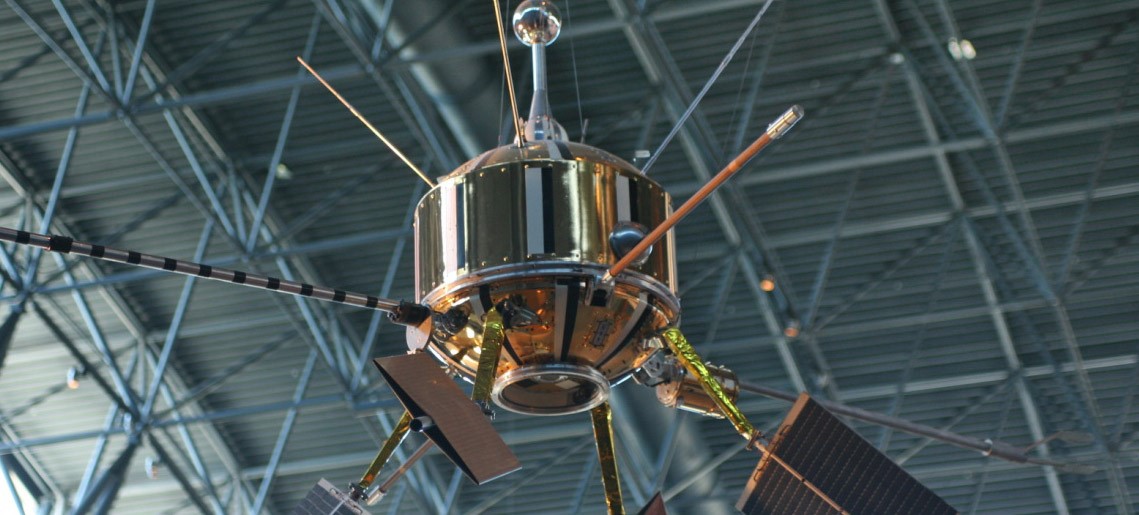
When people think of the pioneering days of space exploration, the countries that most ordinarily come to mind are the United States and the USSR, not Great Britain. But in truth, Britain was the third nation in the world to operate a satellite; unfortunately, America accidentally blew up it three months later.
This satellite — called Ariel-1 — was designed as part of a joint-venture between Britain and the United States shortly after 1959, when NASA announced that it would help other nations deliver their scientific equipment into space. Given the close relationship between the two nations, details were easily swapped with minimal bureaucratic regulation and rapid construction begin one year; Britain was tasked with developing the machine’s central systems while NASA created the satellite that would house the equipment and preparing the Thor-Delta rockets that would launch it. Finally, on April 26, 1962, Ariel-1 was successfully launched and Britain took control of its first satellite, in became the western world’s inaugural international space effort.
According to NASA’s mission log , the instruments onboard the Ariel-1 were designed to “contribute to the current knowledge of the ionosphere and if sun-ionosphere relationships” using a tape recorder and instrumentation for one cosmic-ray, two solar emissions, and three ionospheric experiments. In effect, the mission sought to understand how the ionosphere worked; recall that the ionosphere is a region of Earth’s upper atmosphere between 37 mi (60 km) to 370 mi (600 km) in altitude that’s ionized by solar radiation.
Less than three months after Ariel-1 began transmitting data, British scientists began to receive extremely odd and very high readings, giving them the impression that the satellite’s instruments had malfunctioned or failed. But in reality, Ariel-1 was free-falling around the Earth no thanks to an experimental 1.4 megaton nuclear weapon named Starfish-Prime, which the US military detonated in the ionosphere.
The explosion actually occurred halfway around the globe and nowhere near the Ariel-1’s position, but its vast power sent a rippling wave of additional radiation around the Earth that eventually damaged Ariel-1’s solar panels and equipment, along with a third of all the satellites in low-orbit at the time. Even the Telstar was amongst the casualties, a satellite otherwise known as the first commercial relay satellite designed to transmit signals across the Atlantic.
Ironically, the Telstar wasn’t even in orbit at the time of the explosion, but was placed there a day after the Starfish-Prime detonation. Its designers did not foresee that it would takes years before the unleashed were to dissipate.
Source: Today I Found Out
Advertisement
Learn more about Electronic Products Magazine





